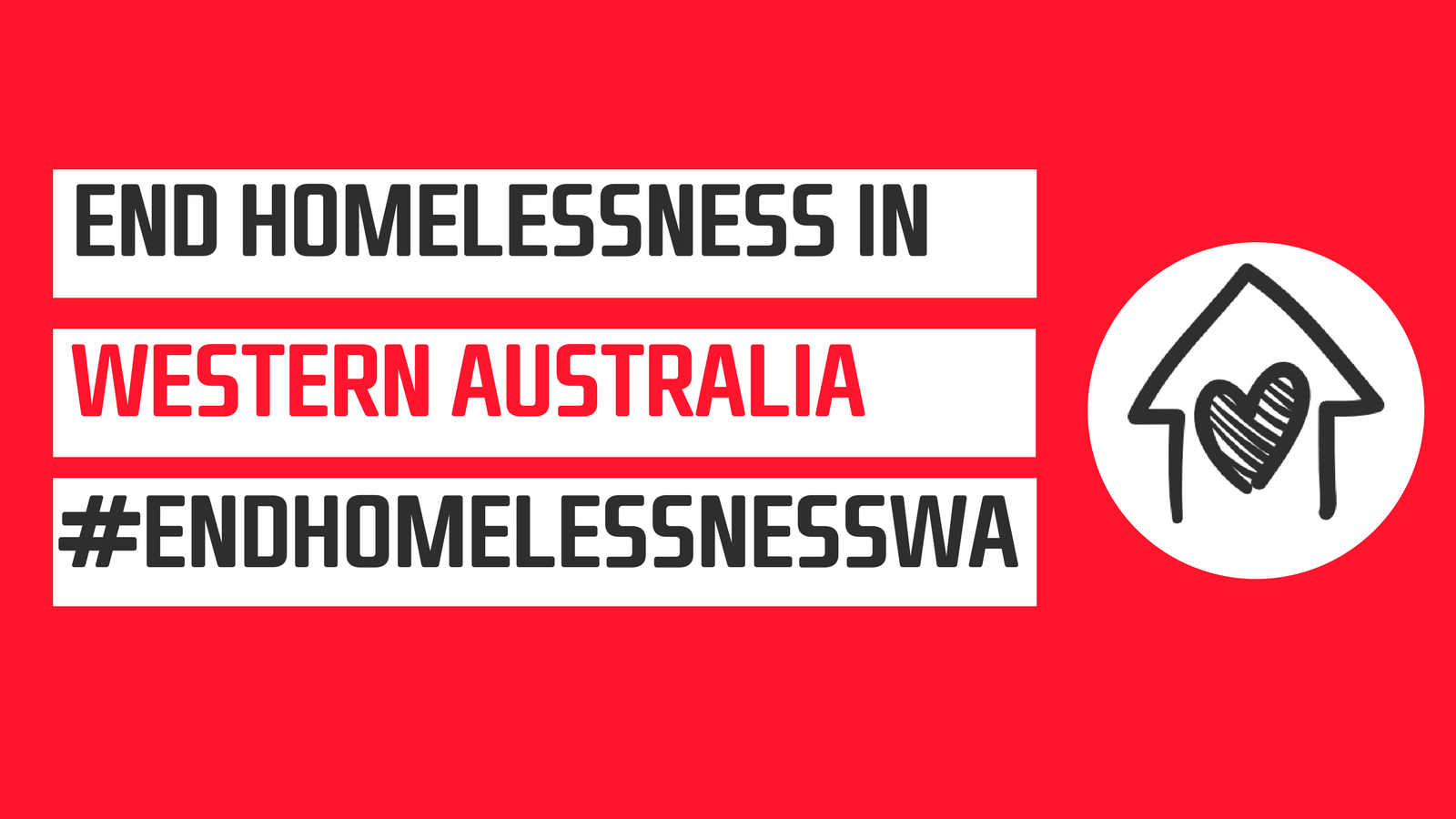Western Australian Alliance to End Homelessness Dashboard |

|
Ending chronic homelessness in WA
Target 1
Western Australia will have ended all forms of persistent homelessness including persistent rough sleeping
For the purposes of the WAAEH Dashboard, persistent homelessness is defined as a history of rough sleeping or other forms of homelessness for more than 12 months continuously. There are limited data available that measure persistency in homelessness. Our data are from the Advance to Zero national database and were collected using the Vulnerability Index Service Prioritisation Decision Assistance Tool (VI-SPDAT).
We looked at persistent homelessness in WA which we defined as an answer of more than 12 months to the question: For how many months have you lived on the streets or in emergency accommodation?
From 1 January 2016 to 30 June 2022, the proportion of respondents exhibiting persistent homelessness varied from 56% to 69%. The peak in the proportion of respondents exhibiting persistent homelessness during 2020 may have been impacted by the effects of COVID-19 and may reflect an increase in the proportion of those persistently homeless in the overall homeless community (Figure 1.1).
The rates of access to Specialist Homelessness Services (SHS) reflect the nature of the service system, including the availability and accessibility of services and the types of supports provided. The SHS data indicates that, relative to national rates, Western Australians accessing SHS do so for much shorter support periods and are accommodated for far fewer nights. In 2021-22, the median length of support received was 22 days in Western Australia and 53 days nationally.
2020/21 | 2021/22 | |||
|---|---|---|---|---|
Support |
Western Australia |
Australia |
Western Australia |
Australia |
Median length of support (days) |
22 |
51 |
22 |
53 |
Median length of accommodation (nights) |
8 |
31 |
8 |
32 |
|
|
||||
Target 2
No individual or family in Western Australia will sleep rough or stay in supported accommodation for longer than five nights before moving into an affordable, safe, decent, permanent home with the support required to sustain it
Target 2 requires further research before full operationalisation. Both the Australian Institute of Health and Welfare Specialist Homelessness Services Collection (SHSC) data and the Registry Week surveys administered by the AAEH Advance to Zero campaign can produce proxy measures to estimate how well we are approaching this target. The VI-SPDAT questionnaire administered during Registry Week by the AAEH collects information on individual and family housing situations (including sleeping rough or staying in supported accommodation). This could be combined with the responses to the following question, which asks ‘How long has it been since you lived in permanent, stable housing (with a secure lease/tenancy)?’ to determine the number of individuals or families who are sleeping rough or staying in supported accommodation for longer than five nights. Additionally, SHSC records include data on the number of nights clients spend in supported accommodation. While this does not include rough sleeping, the percentage of SHS clients spending more than five nights in supported accommodation could be a useful measure for this target.